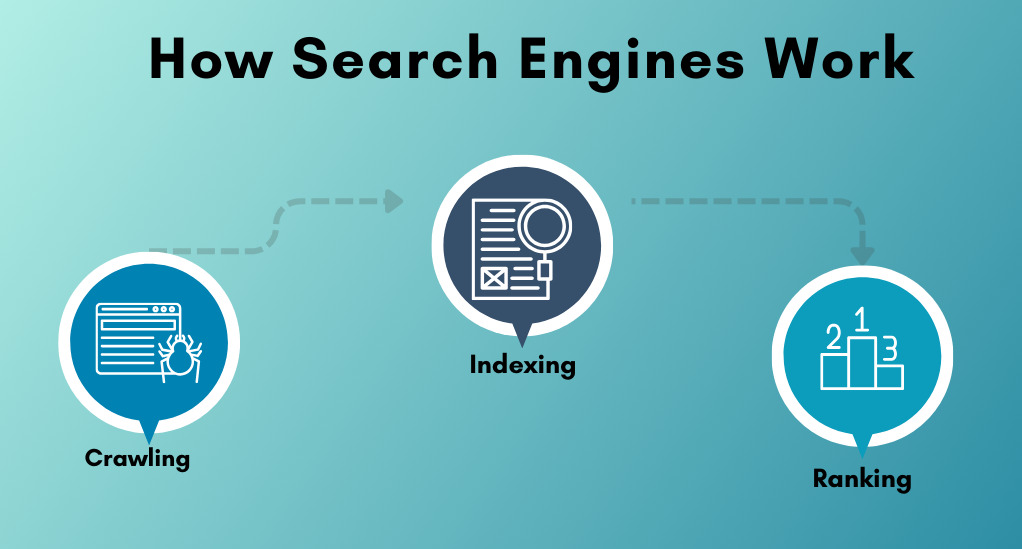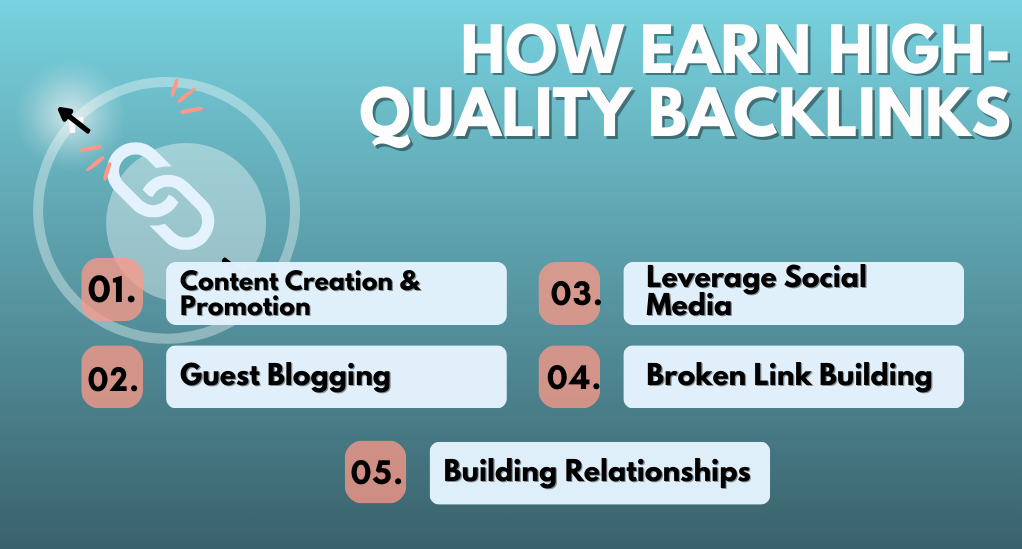
How to Drive Traffic to Your Website with SEO
In today’s digital age, having a website is only the first step in establishing an online presence. The real challenge lies in driving traffic to that website, and this is where Search Engine Optimization (SEO) comes into play. SEO is a dynamic and multifaceted digital marketing strategy that aims to improve a website’s visibility on search engines like Google, Bing, and Yahoo. By optimizing various elements of a website, from its content to its structure, SEO ensures that search engines can easily find, index, and rank the site, leading to increased organic traffic.
Understanding the Basics of SEO
At its core, SEO is about understanding both search engines and the people who use them. It’s about knowing what potential visitors are searching for, the exact words they’re using (keywords), and the type of content they wish to consume. Once this understanding is established, SEO techniques can be applied to a website to match these needs, making the site more accessible and relevant to its target audience.
Basic Components of SEO
| Component | Description |
|---|---|
| Content | The information present on a website, including text, images, videos, and more. It should be relevant, valuable, and cater to the user’s search intent. |
| Keywords | Specific terms or phrases users type into search engines. They should be strategically integrated into a website’s content. |
| Backlinks | Links from other websites pointing to your site. They act as endorsements, signaling to search engines that your content is valuable. |
| Technical SEO | The backend optimizations of a website, including site speed, mobile-friendliness, and structured data. |
| On-Page SEO | Optimizations made on individual web pages, such as meta descriptions, title tags, and content structure. |
| Off-Page SEO | Actions taken outside of your website that affect its ranking, primarily through backlinks. |
Why SEO is Crucial for Driving Traffic
- Visibility and Ranking: The higher a website ranks on search engine results pages (SERPs), the more likely users are to click on it. SEO ensures that a website appears at the top of these results for relevant queries.
- Credibility and Trust: Websites that rank well on search engines are often perceived as more trustworthy and credible by users. This perception can lead to higher engagement rates and conversions.
- Cost-Effective: Unlike paid advertising, where traffic stops when the budget runs out, SEO provides lasting results. Once a website is optimized, it can continue to attract organic traffic over time without ongoing costs.
- User Experience: SEO isn’t just about search engines; it’s also about users. A well-optimized website provides a better user experience, ensuring visitors stay longer and engage more with the content.
How Search Engines Work: The Basics

The vast digital landscape of the internet is home to billions of websites, each vying for the attention of users. Search engines, like Google and Bing, act as gatekeepers, sifting through this vast expanse to present users with the most relevant and valuable results for their queries. But how do these search engines determine which websites to display and in what order? Let’s delve into the fundamental processes of crawling, indexing, and ranking.
Crawling
Crawling is the initial step where search engines send out a team of robots, often referred to as “crawlers” or “spiders,” to discover new and updated content on the web. These crawlers navigate the web by following links from one page to another, collecting data about each webpage they visit.
Indexing
Once the crawlers have gathered information about a webpage, it’s added to the search engine’s index—a vast database where all this data is stored. During indexing, the content of a page is analyzed to understand its context. Factors like text, images, videos, and other media are considered, allowing the search engine to understand the topic of the page and its main keywords.
Ranking
When a user enters a query into a search engine, the engine sifts through its index to find the most relevant pages. This process of determining which pages are most pertinent to a user’s query is known as ranking. Several factors influence this ranking:
- Content Quality: Pages with well-researched, original, and valuable content are more likely to rank higher.
- Backlinks: As mentioned earlier, backlinks act as endorsements. The more high-quality sites that link to a page, the higher its perceived authority.
- User Experience: Factors like site speed, mobile optimization, and site structure play a role in ranking. Search engines prioritize sites that offer users a seamless and efficient browsing experience.
- Content Freshness: Regularly updated content can signal to search engines that the information is current and relevant.
It’s essential to note that search engine algorithms consider hundreds of factors when ranking pages, and these algorithms are continually evolving. Staying updated with these changes and optimizing your website accordingly is crucial for maintaining and improving your site’s ranking.
Mastering Keyword Research
In the realm of SEO, keywords act as the bridge between users’ queries and the content on websites. They are the terms or phrases that users type into search engines when looking for information, products, or services. Understanding and targeting the right keywords is pivotal for driving relevant traffic to your website.
The Significance of Targeting the Right Keywords
Choosing the right keywords ensures that your content reaches its intended audience. For instance, a bakery specializing in vegan desserts would benefit more from targeting keywords like “vegan chocolate cake” rather than a generic term like “cake.”
Tools and Techniques for Keyword Research
Several tools can assist in uncovering valuable keywords:
- Google Keyword Planner: A free tool by Google that provides keyword ideas and their estimated search volume.
- SEMrush: Offers comprehensive keyword research capabilities, including competitor keyword analysis.
- Ubersuggest: Provides keyword suggestions based on what users are searching for on Google.
When conducting keyword research, consider the following:
- Search Volume: Indicates how many times a keyword is searched for within a specific timeframe.
- Keyword Difficulty: Represents how challenging it would be to rank for a particular keyword, considering the competition.
- Relevance: Ensure the keyword aligns with your content and what your target audience is looking for.
By integrating these targeted keywords naturally into your content, you can ensure that your website attracts visitors who are genuinely interested in what you have to offer.
On-Site Optimization Techniques
On-site optimization, often referred to as on-page SEO, encompasses all the measures taken within a website to improve its position in search rankings. It’s not just about content, but also about the overall structure and user experience of the site. Here’s a closer look at some critical elements of on-site optimization:
Crafting Compelling Content
Content is the backbone of any website. It’s what attracts visitors, keeps them engaged, and encourages them to take desired actions. To craft compelling content:
- Understand Your Audience: Know who you’re writing for and what problems or questions they might have.
- Provide Value: Offer solutions, insights, or information that your audience can’t easily find elsewhere.
- Stay Updated: Regularly update your content to ensure it remains relevant and accurate.
Importance of Meta Tags
Meta tags provide search engines with information about a webpage’s content. Some essential meta tags include:
- Title Tag: This is the clickable headline that appears in search engine results. It should be concise, relevant, and include your primary keyword.
- Meta Description: A brief summary of the page’s content that appears below the title tag in search results. While it doesn’t directly influence rankings, a compelling meta description can improve click-through rates.
- Header Tags (H1, H2, H3, etc.): These define headings and subheadings within your content, helping search engines understand the structure of your page.
Optimizing Images and Multimedia

Images and multimedia elements can enhance user engagement, but they should be optimized to ensure they don’t slow down your website:
- Use Descriptive File Names: Instead of “image1.jpg,” use descriptive names like “chocolate-cake.jpg.”
- Compress Images: Tools like TinyPNG or Compressor.io can reduce file sizes without compromising quality.
- Add Alt Text: This describes the content of an image and helps search engines understand what the image is about.
Internal Linking
Internal links are hyperlinks that point to other pages on the same website. They help distribute page authority throughout the site and guide users to related content:
- Use Descriptive Anchor Text: Instead of generic phrases like “click here,” use descriptive text that gives users and search engines an idea of what the linked page is about.
- Link to Important Pages: Prioritize linking to pages that are crucial for your users or have high conversion potential.
Diving Deep into Technical SEO
While on-site optimization focuses on content and user experience, technical SEO delves into the backend aspects of a website. It ensures that search engines can easily crawl, interpret, and index the site’s content.
- Ensuring Crawl Accessibility
For search engines to rank a website, they first need to access its content. Ensure that robots.txt files and meta directives don’t unintentionally block search engines from important pages. - Mobile Optimization
With the rise of mobile search, having a mobile-optimized website is no longer optional. Responsive design ensures that your site looks and functions well on all devices, from desktops to smartphones. - Site Speed
A slow-loading website can frustrate users and negatively impact SEO rankings. Tools like Google PageSpeed Insights can provide insights into what’s slowing down your site and offer recommendations for improvement. - Structured Data
Structured data, also known as schema markup, helps search engines understand the context of your content. For instance, by using structured data, a recipe page can inform search engines about ingredients, cooking time, and ratings.
While content is crucial, the technical aspects of a website play an equally vital role in SEO. By ensuring that both on-site and technical elements are optimized, you can provide both users and search engines with the best experience possible.
Link Building & Establishing Authority
One of the foundational pillars of SEO is link building. While on-site and technical optimizations are crucial, the power of external validation cannot be understated. In the eyes of search engines, links act as endorsements, suggesting that the content is valuable and trustworthy.
The Essence of Link Building
Link building is the process of acquiring hyperlinks from other websites to your own. Each link acts as a vote of confidence, signaling to search engines that your content is credible and authoritative. However, not all links are created equal. The quality, relevance, and context of the links matter significantly.

Strategies to Earn High-Quality Backlinks:
- Content Creation & Promotion: Produce high-quality, unique content that others will naturally want to reference and link to. Once you’ve created such content, promote it to the right audience to increase its visibility.
- Guest Blogging: Write articles for reputable websites in your industry. This not only provides a platform to showcase your expertise but also allows you to earn backlinks from authoritative sites.
- Building Relationships: Engage with influencers, bloggers, and other industry professionals. Networking can lead to organic link-building opportunities.
- Leverage Social Media: Share your content on social platforms to increase its reach. While social media links are typically “nofollow” (meaning they don’t pass direct SEO value), they can lead to others discovering and linking to your content.
- Broken Link Building: Find broken links on other websites that are relevant to your content. Reach out to the website owner and suggest replacing the broken link with a link to your relevant content.
Importance of Domain Authority and Trustworthiness
Domain Authority (DA) is a metric developed by Moz that predicts how well a website will rank on search engine result pages (SERPs). It’s based on multiple factors, including the number of linking root domains and the number of total links. A higher DA indicates a greater ability to rank.
Trustworthiness, on the other hand, pertains to the credibility and reliability of a website. Sites that consistently produce accurate, well-researched, and unbiased content are deemed more trustworthy.
Measuring & Adjusting Your SEO Strategy
The world of SEO is dynamic, with search engine algorithms constantly evolving. To stay ahead, it’s essential to measure the effectiveness of your SEO efforts and make necessary adjustments.
Tools to Track Your Website’s Performance:
- Google Analytics: This free tool provides insights into website traffic, user behavior, and conversions. It’s invaluable for understanding how visitors interact with your site.
- Google Search Console: It offers information about how Google views your website, highlighting issues like crawl errors and which keywords are driving traffic to your site.
- SEMrush & Ahrefs: These comprehensive SEO tools offer a plethora of features, from keyword tracking to backlink analysis.
Continuously Refining Your Approach
As you gather data about your website’s performance, it’s essential to analyze this information and identify areas of improvement. Some questions to consider:
- Which keywords are driving the most traffic?
- Which pages have the highest bounce rate?
- Are there any technical issues hindering site performance?
Based on these insights, adjust your SEO strategy. This might involve tweaking on-page elements, creating new content, or enhancing the technical aspects of your site.
Conclusion
In the vast digital landscape, the importance of driving traffic to your website cannot be overstated, and SEO stands as the cornerstone of this endeavor. From understanding the intricacies of search engine algorithms to optimizing on-site content, from building authoritative backlinks to enhancing user experience, every facet of SEO converges towards a singular goal: to make your website more visible, accessible, and valuable to your target audience. As the digital realm continues to evolve, businesses and individuals must recognize that SEO is not a one-time task but an ongoing commitment. By staying informed, adapting to changes, and prioritizing the user above all, one can harness the true potential of SEO, ensuring sustained growth and success in the online world.


Leave a Reply